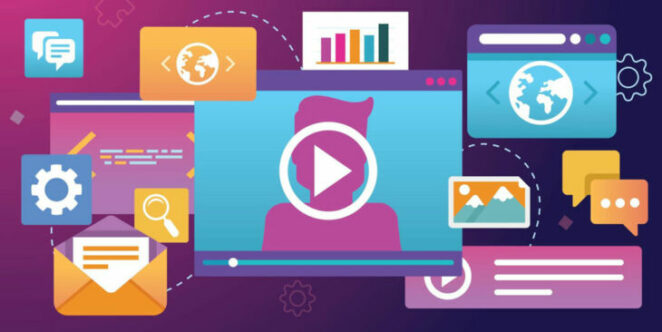

Marketing and advertising are two common words. You’ve probably come across one or the other at some point in your career. However, these are actually just mere umbrella terms.
One of the many aspects that fall under marketing is specific to business-to-business (B2B) companies. The promotion of B2B companies has its own strategies because of the unique audience, objectives, and needs that these ventures address.
A B2B advertising campaign considers an endless number of factors, but more importantly, it calls for a deep understanding of your target market. Without adequately knowing your buyer persona, your advertisements will be nothing but wasted effort.
And when it comes to getting your brand image out there, it’s not one size fits all. An entirely different marketing method is called by B2B marketing. Here’s a complete B2B sales guide that can help you have a better understanding of this unique type of advertising.

A B2B sales definition
B2B marketing is any marketing strategy that is targeted towards another business or organization. It’s typically used by companies whose customers are other businesses as well.
What separates B2B marketing from business-to-consumer (B2C) is that it publishes advertisements to address the needs and interests of a company’s decision-makers – those making purchase decisions for their company instead of for themselves.
How do you digitally promote your B2B company?

Everything has gone digital – even your potential customers. An online presence is one of the key things that can get you ahead of the competition.
Luckily, there are countless strategies available for B2B marketing. Most B2B companies focus on LinkedIn because of its wide professional network. If you’re on the hunt for leads, the platform might be your best bet too!
1. Content marketing
Publishing value-added content like tips, guides, and downloadable resources emphasizes your company’s professionalism and expertise. There’s nothing wrong with promoting yourself online, as long as you can back it up with useful content that your LinkedIn connections will follow you for. You can read up on digital storytelling for an effective way to touch your customer’s emotions and drive conversions.
2. Email marketing
Like cold calling, email marketing is an effective strategy to send messages to potential clients. You roll out valuable information about your products in hopes of getting a reply or an inquiry. Some companies likewise use email marketing to announce new releases to existing customers.
3. Context advertising
Getting ads about products you aren’t remotely interested in can be quite annoying. Such is true for users who might come across your ad when they aren’t in your industry. To better target potential customers, you can use context advertising to show sponsored content only to those who have similar interests.
4. Media advertising
Using visual content is a fool-proof way to get your audience’s attention – if done correctly. If you have valuable information that you think will help convert leads, execute it with a video. Not only will it be more interesting for your viewers, but there’s also a higher guarantee that LinkedIn users will notice your content over dull bulleted text.
Emphasis on finding your targets
Without a deep understanding of your market, you might as well skip on the marketing strategy altogether.
Your strategy brainstorm session is the best time to pinpoint who you want to sell to. Use well-researched models and hypothetical personas as a basis so you can be as specific as possible. Every content you publish should then revolve around your market.
You wouldn’t sell a product to a 15-year-old the same way you would sell it to a senior.
The 80/20 rule
According to the Content Marketing Institute in North America, a total of 93 percent of B2B marketers use content marketing. But what kind of content should you share with your LinkedIn network?
The 80/20 rule applies. When putting out content, 80 percent should focus on helpful resources that share your knowledge and expertise. This includes demonstration videos, blog posts, news updates, or e-books. The other 20 percent can be dedicated to promotional content, such as new product announcements or seasonal discounts.

Streamlining your lead generation process
Aside from the search bar, there are two other ways you can bring users in. A regular conversion is when a lead participates in your call-to-action, and later gets contacted by a salesperson.
The other category, micro-conversion, happens when a prospect does things that show his interest in your company. This includes following your company page or sharing your content.
Once you’ve established how you can to collect leads, it’s time to drive them to convert. You can give them special offers, interact and engage with their content, or arrange in-person meetings. It ultimately depends on the type of business you have, but it’s a simple process.
